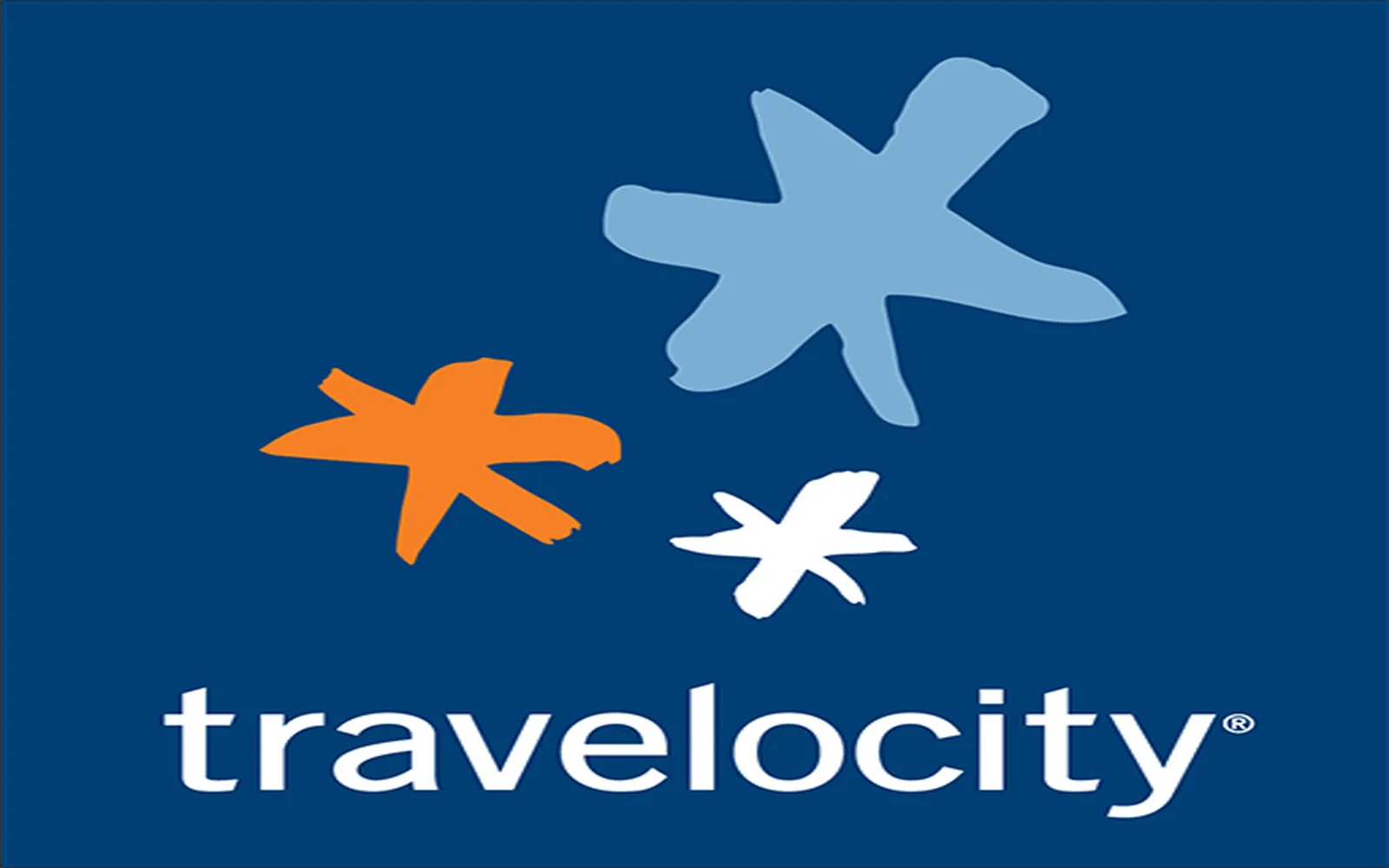Exploring Nurse Practitioner (NP) Programs in 2025: Trends, Opportunities, and Growth
Nurse Practitioner (NP) programs are continuing to evolve in response to the growing demand for healthcare professionals who can provide primary, specialty, and advanced care services. By 2025, the landscape of NP programs is expected to undergo significant changes influenced by technological advances, healthcare needs, and educational innovations. This article will explore the trends, opportunities, and growth in NP programs, highlighting what prospective students and healthcare professionals should expect in 2025.
The Growth of Nurse Practitioner Programs
As the U.S. healthcare system grapples with physician shortages, especially in rural and underserved areas, the role of Nurse Practitioners has become increasingly crucial. NPs are highly trained professionals who can diagnose, treat, and manage a variety of conditions. Their ability to provide high-quality, cost-effective care makes them an essential part of the healthcare workforce.
- Expansion of Program Availability: By 2025, the availability of NP programs is expected to expand significantly across the country. According to the American Association of Nurse Practitioners (AANP), the demand for NPs is projected to grow by 40% from 2021 to 2031. To meet this demand, universities and nursing schools are likely to increase the number of NP programs, particularly online programs, making it easier for aspiring NPs to pursue their education while balancing work and family commitments.Online and Hybrid Learning: More schools will offer hybrid or fully online NP programs, making it possible for students to complete their education remotely. This is particularly important for those in rural or remote areas who might otherwise have limited access to in-person educational opportunities.Diverse Program Options: NP programs will continue to diversify, with more specialized options in areas such as pediatrics, geriatrics, mental health, and acute care. This will allow future NPs to focus their careers on areas where there are significant needs, aligning with public health goals.
- Increased Accessibility and Affordability: As the demand for healthcare professionals grows, so too does the need for accessible education. By 2025, it is expected that more universities will offer competitive financial aid packages and affordable tuition to encourage more nurses to pursue advanced practice roles. The increasing availability of scholarships, federal loans, and employer tuition reimbursement programs will make NP programs more accessible to a broader range of students.
Technological Integration in NP Education
Technology is revolutionizing healthcare, and NP programs are no exception. By 2025, technology will play an even greater role in the development of NP professionals. This includes both the tools used to teach and those used in practice.
- Telemedicine and Virtual Learning: Telemedicine has already seen widespread use, and NP programs will continue to integrate telehealth training into their curricula. This will enable NPs to offer remote consultations, monitor patients' progress virtually, and extend care to underserved communities.Telehealth Training: Expect to see more NP programs incorporating telehealth and telemedicine certifications, preparing NPs to navigate virtual healthcare platforms and expand their service offerings.
- Simulation Technology: Advances in simulation technology, including virtual patient interactions, will become a staple in NP education. Simulation labs that use augmented reality (AR) or virtual reality (VR) will allow students to experience clinical scenarios in a controlled, yet realistic, environment. These simulations will enhance clinical decision-making skills and provide a risk-free space for students to practice high-pressure situations before interacting with real patients.
- Artificial Intelligence (AI) in Diagnostics: AI-powered diagnostic tools will become more integrated into NP practice and training. In 2025, NP students will likely receive training on using AI for patient assessments, which could dramatically improve diagnostic accuracy and help NPs deliver more efficient, effective care.
Evolving Scope of Practice for NPs
The scope of practice for Nurse Practitioners continues to evolve in response to patient needs, regulatory changes, and healthcare policy shifts. By 2025, we expect further expansions in the roles NPs are able to perform.
- Full Practice Authority (FPA): More states are moving towards granting NPs Full Practice Authority (FPA), allowing them to practice independently, prescribe medications, and provide the full spectrum of primary and specialty care without physician oversight. As of 2025, more than half of the U.S. states are likely to have granted FPA to NPs, increasing the autonomy and scope of their practice.
- Collaboration with Physicians and Other Healthcare Professionals: As healthcare becomes more collaborative, NPs will work more closely with physicians, other advanced practice providers, and interdisciplinary teams. By 2025, the role of the NP as a key part of the healthcare team will be more defined, with a focus on collaboration, shared decision-making, and patient-centered care.
Projected Trends in NP Education for 2025:
| Trend | Impact on NP Education |
|---|---|
| Growth of Online & Hybrid Programs | Increased access to NP education, especially for rural or out-of-state students. |
| Specialization in High-Demand Areas | More specialized NP programs in pediatrics, geriatrics, psychiatry, and acute care. |
| Incorporation of Technology & Telehealth | Enhanced training for virtual consultations and telemedicine integration. |
| Greater Financial Accessibility | More financial aid, scholarships, and employer-sponsored programs for NP students. |
| Expansion of Full Practice Authority | NP autonomy will increase, enabling independent practice in more states. |
Conclusion
By 2025, Nurse Practitioner programs will have evolved to meet the needs of a rapidly changing healthcare environment. From increased accessibility and specialization to the integration of advanced technologies and expanded practice authority, the future of NP education looks bright. Aspiring NPs will have more opportunities to enter the field, specialize in their areas of interest, and provide care to a broader range of patients in diverse settings.
As the demand for healthcare professionals continues to grow, the role of Nurse Practitioners will be more crucial than ever. With continued innovation in NP programs, future NPs will be well-equipped to meet the challenges of modern healthcare and make a lasting impact on patient outcomes across the globe.
Explore

Online Advertising in the USA: Trends, Opportunities, and Key Insights

The Power of Press Release Services: A Vital Tool for Business Growth

Travel with Confidence: Exploring the Benefits of Travelocity

Weight Loss Online: Tools, Programs, and Support That Work

Top MBA Distance Education Programs: An In-Depth Guide

Moving Company and Services: What to Expect and How to Choose the Right One

Top Network Security and Monitoring Software

How to Find a Good Slip and Fall Lawyer: A Comprehensive Guide
